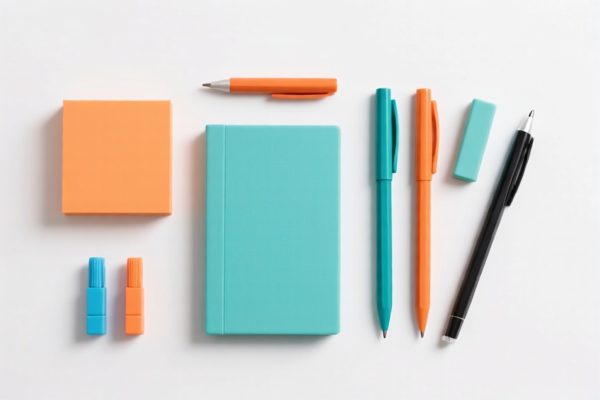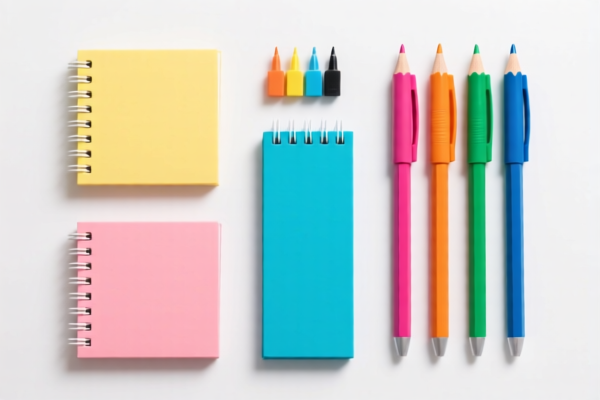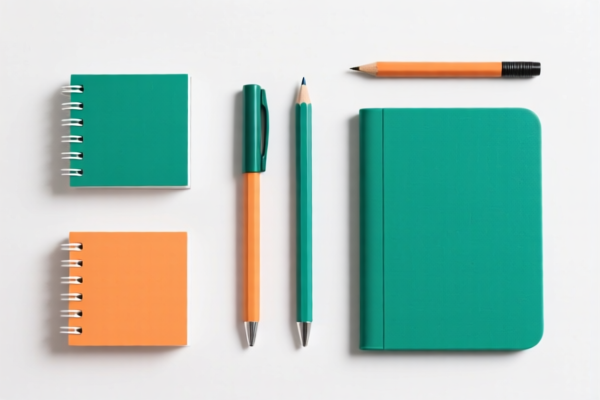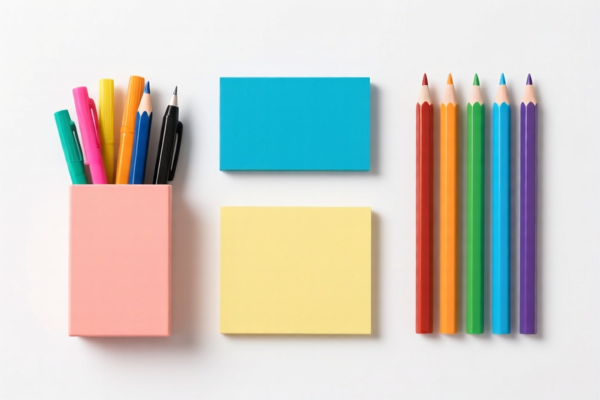| HS Code | Official Doc | Tariff Rate | Origin | Destination | Effective Date |
|---|---|---|---|---|---|
| 4202328000 | Doc | 60.7% | CN | US | 2025-05-12 |
| 4202923305 | Doc | 72.6% | CN | US | 2025-05-12 |
| 4203406000 | Doc | 55.0% | CN | US | 2025-05-12 |
| 5609004000 | Doc | 58.9% | CN | US | 2025-05-12 |
| 5609001000 | Doc | 57.9% | CN | US | 2025-05-12 |
| 5404900000 | Doc | 55.0% | CN | US | 2025-05-12 |
| 3923210085 | Doc | 58.0% | CN | US | 2025-05-12 |
| 3923210095 | Doc | 58.0% | CN | US | 2025-05-12 |
| 3926100000 | Doc | 35.3% | CN | US | 2025-05-12 |
| 3926909905 | Doc | 42.8% | CN | US | 2025-05-12 |




Stationery Bag
A stationery bag, also known as a pencil case or pen case, is a container used to organize and carry stationery items such as pens, pencils, erasers, rulers and other small tools.
Material
Stationery bags are commonly constructed from a variety of materials, each offering different properties:
- Fabric: Typically made from canvas, nylon, polyester, or denim. Fabric bags are lightweight, flexible, and often feature various designs and patterns.
- Plastic/PVC: Offers durability and water resistance. Transparent plastic bags allow for easy visibility of contents.
- Metal: Often tin or aluminum, providing a robust and protective shell. Frequently used for vintage or collectible pencil cases.
- Leather/Faux Leather: Offers a premium look and feel, providing durability and a classic aesthetic.
- Silicone: Flexible, water-resistant, and easy to clean, often used for novelty or children’s cases.
Purpose
The primary purpose of a stationery bag is organization and portability of writing and drawing implements and associated small supplies. They prevent items from being lost, damaged, or cluttering workspaces.
Function
- Containment: Securely holds stationery items.
- Protection: Shields contents from physical damage and wear.
- Organization: Separates and categorizes different tools.
- Portability: Allows for easy transport of supplies.
Usage Scenarios
- School: Students use stationery bags to carry pens, pencils, erasers, and other school supplies.
- Office: Professionals use them to organize writing tools and small desk accessories.
- Art/Drafting: Artists and designers use larger cases to carry a wider range of tools like colored pencils, markers, and brushes.
- Travel: Individuals use them to keep writing instruments and small necessities organized while on the go.
- Home: Used for general storage and organization of stationery supplies.
Common Types
- Flat Pencil Cases: Simple, rectangular pouches with a zipper closure.
- Box Pencil Cases: Rigid, box-shaped cases offering more protection and structure.
- Roll-Up Pencil Cases: Feature multiple compartments and roll up for compact storage.
- Expandable Pencil Cases: Can expand to accommodate a larger number of items.
- Double-Layer Pencil Cases: Feature two layers for increased storage capacity and organization.
- Pencil Pouches: Smaller, often fabric-based cases used for basic stationery needs.
- Novelty Pencil Cases: Shaped like animals, objects, or characters, often targeted towards children.
Stationery bags are containers designed to hold stationery items such as pens, pencils, erasers, and other school or office supplies. They are typically made of materials like plastic, textiles, or leather, and are used for organization and portability.
The following HS codes may be relevant based on the provided reference material:
- 3926100000: This HS code covers “Office or school supplies” made of plastics or other materials. This is a broad category that directly includes stationery bags.
- 39: Chapter 39 covers plastics and articles thereof.
- 26: Heading 3926 specifically covers articles of plastics and articles of other materials of headings 3901 to 3914.
- 10: Subheading 392610 covers office or school supplies.
- 3926909905: This HS code covers “Other” articles of plastics and articles of other materials of headings 3901 to 3914, specifically “Elastic bands made wholly of plastics”. If the stationery bag incorporates elastic bands as a key feature, this code may be applicable.
- 39: Chapter 39 covers plastics and articles thereof.
- 26: Heading 3926 specifically covers articles of plastics and articles of other materials of headings 3901 to 3914.
- 90: Subheading 392690 covers other articles.
- 99: Further specifies “Elastic bands made wholly of plastics”.
- 4202328000: This HS code covers articles of a kind normally carried in the pocket or in the handbag, made of leather or of composition leather, of sheeting of plastics, of textile materials, of vulcanized fiber or of paperboard. If the stationery bag is small and designed to be carried in a pocket or handbag, and is made of leather, plastic, or textile materials, this code may be applicable.
- 42: Chapter 42 covers articles of leather or of composition leather, animal gut and animal skin.
- 02: Heading 4202 covers trunks, suitcases, vanity cases, etc., and similar containers.
- 32: Subheading 420232 covers articles of a kind normally carried in the pocket or in the handbag.
- 80: Further specifies articles with an outer surface of sheeting of plastics or of textile materials.
Regarding HS code 3926100000, the total tax rate is 35.3%. Regarding HS code 3926909905, the total tax rate is 42.8%. Regarding HS code 4202328000, the total tax rate is 60.7%.
Customer Reviews
No reviews yet.